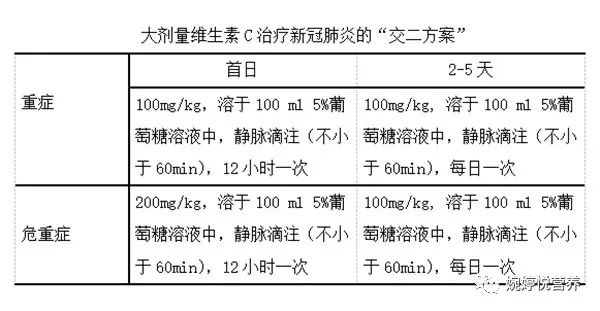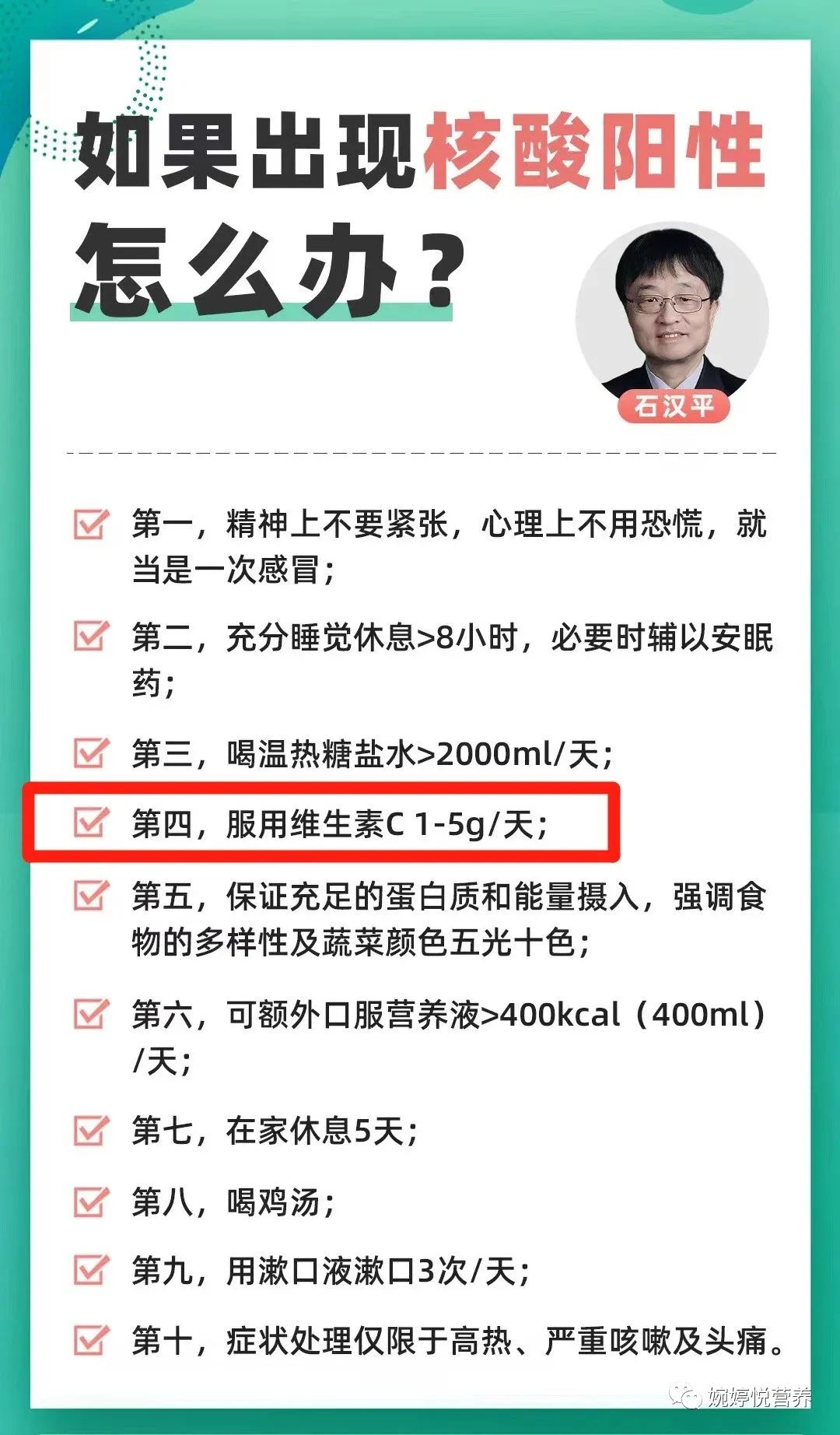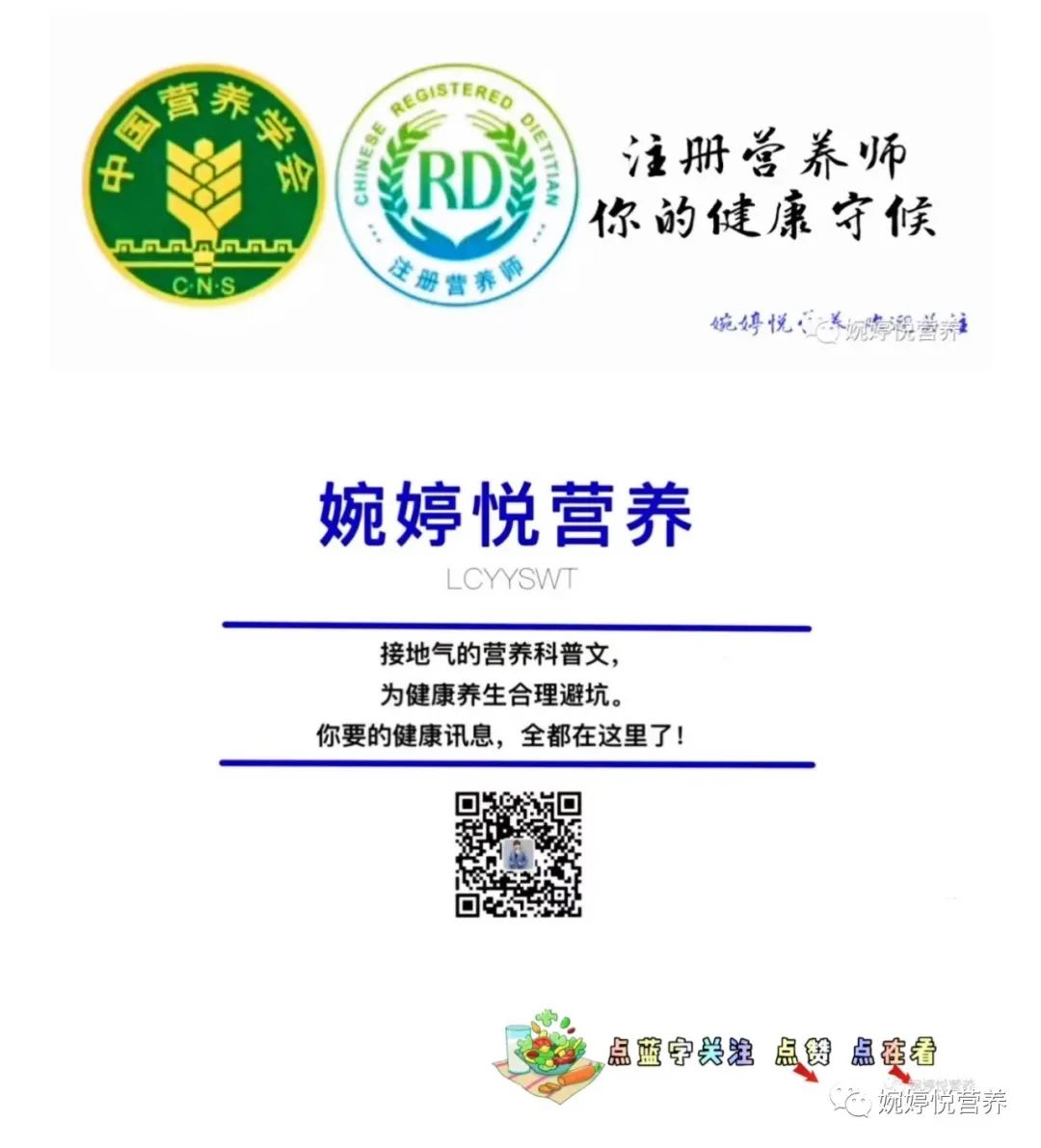
This topic has recently gained a lot of attention. The oral treatment dosage is recommended to be 1-5g, with a suggested treatment period not exceeding 2g, and intravenous injection of 100mg per kilogram daily. In this age of information explosion, it is indeed difficult for the public to understand the actual need.
This article summarizes the following points:
1. The role of Vitamin C
2. Sources of Vitamin C
3. How much Vitamin C is needed
4. Should supplementation during treatment be oral or intravenous
5. Are there side effects of high-dose supplementation
6. Some suggestions

01
The Role of Vitamin C
Vitamin C, also known as L-ascorbic acid, is a water-soluble vitamin. Unlike most mammals, humans cannot synthesize Vitamin C and must obtain it from the diet.
Vitamin C plays an important role in the body as an antioxidant and a cofactor. It regulates immune function and reduces oxidative stress levels.
It can improve the classification and phagocytic ability of neutrophils, enhancing the clearance of microorganisms and inflammatory factors (free radicals). It helps avoid tissue and cellular damage caused by excessive immune responses.
Vitamin C also promotes the proliferation of T lymphocytes and natural killer cells, regulating their functions, increasing viral defense mechanisms, and reducing the transcription of inflammatory mediators.
Vitamin C has a direct protective effect on the lungs, increasing alveolar epithelial barrier function, promoting the expression of alveolar epithelial channel proteins through epigenetic modifications, and facilitating the clearance of alveolar fluid.
02
Sources of Vitamin C
Fresh fruits and vegetables are the first choice. Fruits do not require heating, and Vitamin C is not lost, but insufficient intake can lead to deficiency. Citrus fruits, berries, and the highest content is found in fresh jujubes and kiwifruit.
Vegetables require cooking; water solubility, heating, and high temperatures can cause some loss. Quick frying, cold dishes, blanching, and adding vinegar, tomato sauce, or lemon juice can improve retention.
03
Vitamin C Requirements
The recommended daily intake (RNI) of Vitamin C for adults in China is 100mg; pregnant women in mid to late pregnancy is 115mg, and nursing women should increase to 150mg;The recommended intake for preventing non-communicable chronic diseases (PI-NCD) is 200mg/day.The upper limit of Vitamin C intake for adults is 2000mg per day.
04
Oral or Intravenous Supplementation During Treatment
In recent decades, the hotspot of clinical research on Vitamin C has been high-dose intravenous injection treatment for sepsis, with less application in severe diseases caused by viral infections. Fortunately, scholars both domestically and internationally have noticed that Vitamin C may benefit patients with COVID-19, and clinical studies exploring the efficacy of high-dose intravenous Vitamin C treatment for severe COVID-19 are also ongoing.
The “Consensus of Experts on Comprehensive Treatment of COVID-19 in Shanghai” recommends using high-dose Vitamin C 100-200mg.kg/d intravenous injection to prevent and treat cytokine storms, with the duration aimed at significantly improving the oxygenation index.

Source: Xi’an Jiaotong University Second Affiliated Hospital
After 10 days of practical exploration by the medical team and multiple discussions among experts, a specific plan for combined high-dose Vitamin C treatment for COVID-19 was proposed, achieving good results in clinical application. The treatment plan can be summarized as “early, adequate, short-term, combined“.Professor Shi Hanping from Capital Medical University Affiliated Beijing Shijitan Hospital pointed out: Each person should take (orally) Vitamin C 1-5g daily.

05
Are There Side Effects of High-Dose Supplementation?
When taking Vitamin C at a certain dosage, specifically 0.5g-2g within 24 hours, due to changes in intestinal osmotic pressure, it may cause mild diarrhea (non-pathological diarrhea).This is the maximum amount of Vitamin C that a person can continuously tolerate.Different individuals have varying intestinal tolerance levels, and different diseases can affect this tolerance; even the same person may have different tolerances at different times (when healthy vs. when sick).
When using high-dose Vitamin C to treat infectious diseases,it must be taken continuously and on schedule. When symptoms are almost completely controlled,it does not mean the disease is cured, so it must be continued.
Before complete recovery, it is essential to maintain the tolerable dosage, and when feeling recovered, the dosage should be gradually reduced; otherwise, symptoms may rebound and relapse.
For general viral infections, such as Omicron for young individuals without underlying diseases, oral Vitamin C is sufficient, while severe cases may require intravenous high-dose Vitamin C.
06
Some Suggestions
The efficacy of Vitamin C in treating viral infections remains controversial. A recent meta-analysis indicated that Vitamin C significantly affects viral infections (including coronaviruses) of the common cold, shortening treatment time and alleviating symptoms.
Another meta-analysis involving 3135 children concluded that while Vitamin C does not prevent the common cold, it can shorten the duration by 1.6 days.
Given that the genomic makeup of the COVID-19 virus differs from that of the common cold virus or other viruses, further research is needed to determine whether Vitamin C can provide a defensive effect against COVID-19.
In summary: it is not advisable to supplement high doses of Vitamin C and B vitamins without infection. During infection with fever and symptoms, oral supplementation can be taken, and complex B vitamins can be taken with meals. The recommended dosage of Vitamin C is 2000mg (considering intestinal tolerance and increased endogenous oxalate, which may lead to gout and other factors).
